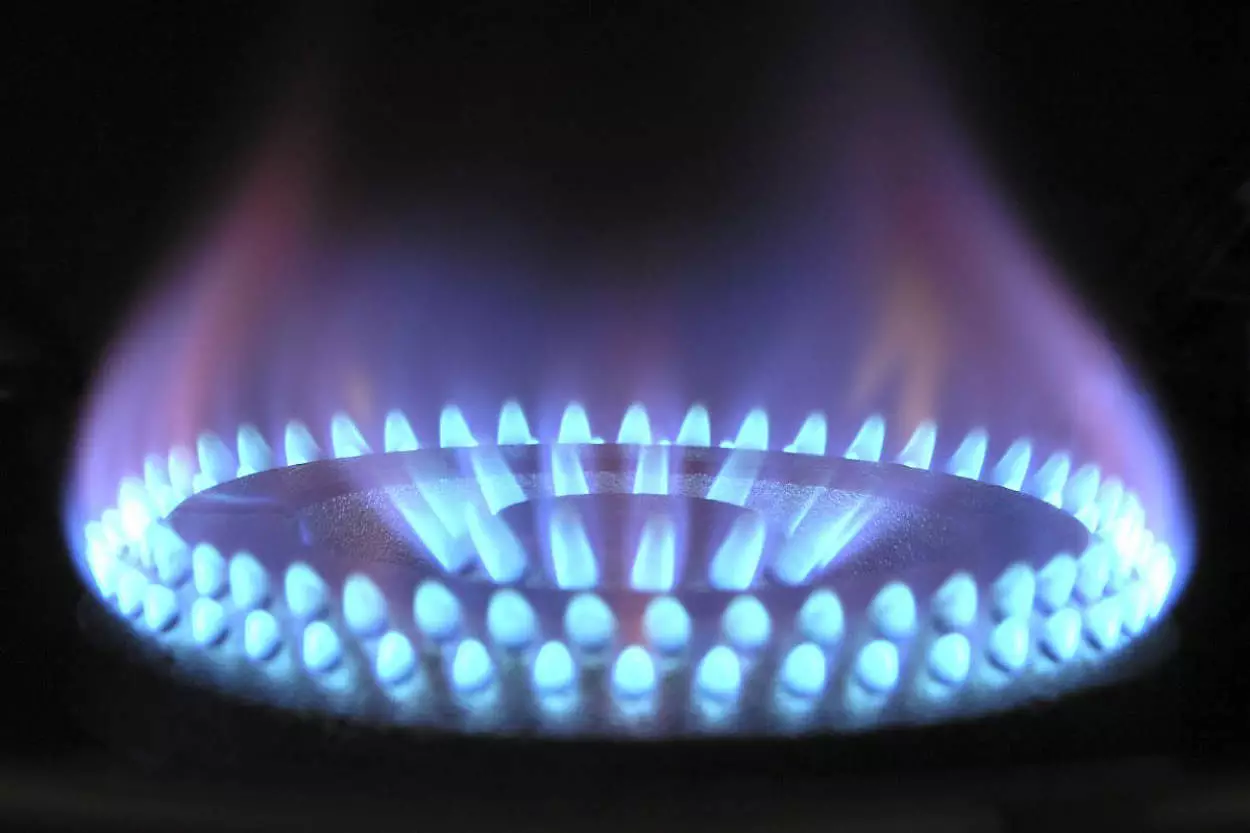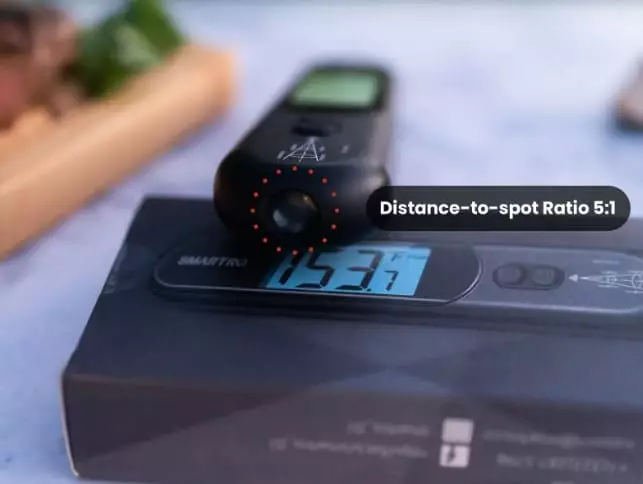
How Accurate are Infrared Thermometers in Cooking?
Accuracy is the most important thing when choosing a thermometer to use when cooking. Any misreading could be the difference between food that is safe to eat and that which is not. It’s too big a risk to put your health (or your customers) on the line. An infrared thermometer is one of several types of thermometers used in cooking. Is it accurate? How accurate are infrared thermometers in cooking?
This guide allows you to delve closer into how infrared thermometers work and how to use them in the kitchen.
Table of Contents
How Accurate are Infrared Thermometers when Cooking?
Infrared thermometers are a common tool used in many kitchens. But how accurate is an infrared thermometer in cooking? It depends on what you are measuring.
Infrared thermometers are non-contact thermometers. You can use them to measure cooking surfaces, such as a pan or grill, or cooked food. However, they can only measure the surface temperature and not the internal temperature of the meat or food.
For measuring the surfaces and the external temperature of food, infrared thermometers are accurate. You can use them to check the heat of pans and griddles or the oven temperature. You can also use them to take a quick temperature scan of food to ensure that it is safe to eat (such as in buffet spreads) or for cold items, such as milk or butter.
Ensuring the accuracy of infrared thermometers when cooking is impacted by three factors:
- The measurement range of the reading – such as the distance between the infrared thermometer and the object (target).
- The accuracy of the infrared thermometer reading, which is specified by its accuracy rating.
- The adjustable emissivity of the surfaces measured with an infrared thermometer.

Limitations on Using Infrared Thermometers
An infrared thermometer has a lot of uses in modern kitchens. However, it pays to be aware of its limitations for use so that you can be more confident in using it and find ways to improve its accuracy.
- It is recommended for measuring surface temperatures ONLY and not for checking the internal temperature of the meat or food.
- It is vulnerable to visual and external obstructions, such as steam, frost, moisture, smoke, etc.
- It is highly sensitive to rapid changes in ambient temperature. Make sure to allow it to reach the temperature of its environment before using it.
- It won’t be able to measure the temperature of water or any transparent surfaces, such as glass.
- It requires frequent adjustments depending on the ambient conditions.
Tips to Get Great Results with Infrared Thermometers when Cooking
Infrared thermometers are a great tool to have in the kitchen. They allow the user to check the temperature of a food product at a distance. Therefore, you don’t need to touch the object or food to get a temperature measurement. Some would say that this method has major drawbacks, especially in terms of the accuracy of the temperature reading. While it is true, you can follow the tips recommended below to help you get the best results with an infrared thermometer when cooking and improve the accuracy of the readings.
Take Note of the Distance-to-Spot Ratio
Every infrared thermometer has a distance-to-spot ratio that you should be aware of. This number indicates the diameter of the area being measured in relation to the distance of your target.
A distance-to-spot ratio of 12:1 means that you are measuring a one-inch spot from a distance of 12 inches. The accuracy of the reading based on the distance-to-spot ratio varies from one model of thermometer to another. Some high-end models can produce a more accurate reading at longer distances while others require you to be more precise in targeting the area being measured for the best results.
Before you use an infrared thermometer in cooking, it is important to get to know the tool you’re using. Every model is different so you have to know how precise you should be in using the tool that you have. You can find the information about your thermometer from the manual. It will tell you exactly how to use the thermometer for the best and most accurate results.
Avoid Shiny Surfaces or Objects
One of the most important rules when using an infrared thermometer in the kitchen is to point it away from reflective or shiny surfaces. Any reflection can interfere with the reading of the thermometer such that it will enlarge the surface that it reads. If you are working in a kitchen that has some reflective surfaces, make sure to cover them with non-reflective tape. This simple step will ensure that your readings from an infrared thermometer are accurate.
The reason why you must take this extra step is that not all types of surfaces emit the same level of infrared energy. Shiny and reflective surfaces have a higher emissivity.
Check for Obstruction to the Optics
Another factor that can impact the quality of readings with an infrared thermometer is the presence of obstructions, such as steam or dust. For example, when there is steam that obscures the line of target for an infrared thermometer, it won’t be as effective in reading the temperature of its target.
The visual obstruction limits the infrared thermometer’s ability to read the temperature of the object, which results in an inaccurate measurement. Therefore, you should always clean the lens of the thermometer and make sure it is free from any obstructions and scratches.
Stabilize the Thermometer’s Temperature
To ensure the most accurate temperature reading, you should refrain from using the infrared thermometer right away. Give it time to adjust to the temperature in the kitchen or any surroundings that you intend to use for taking temperature. Ideally, you should allow it to stabilize for 20 minutes before using it.
Skipping this step would produce inaccurate temperature readings. The difference in temperature between where you store the IR thermometer and the area you are working on can cause inaccuracy.
Don’t be afraid to use infrared thermometers when cooking. As long as you take note of the proper ways to use them, you should get accurate readings and make your cooking process more seamless and efficient.
Discover Other ChefsTemp Products
Discover more recipes and learn kitchen tricks by joining our cooking family on Facebook.
You may also like:















